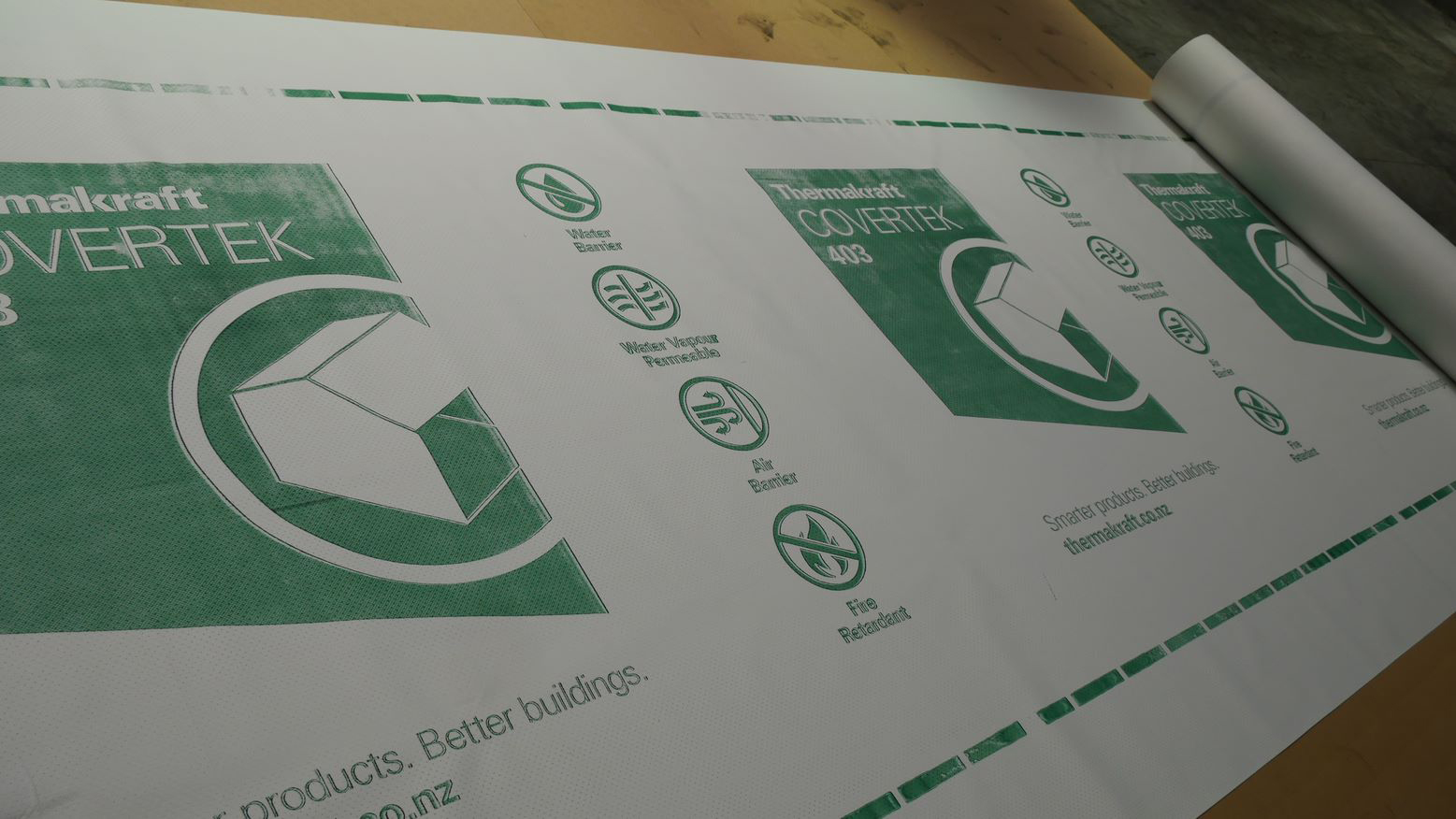

On overlay networks, traffic can be transmitted from the source to the destination through multiple paths to implement load balancing and maximize the bandwidth utilization of links. Different services can be separated to achieve optimal allocation of network resources. Network slicing and segmentation are supported.Encryption approaches can be used to ensure security of private traffic on the Internet.Different virtual topologies can be established on overlay networks as required without the need to modify the underlying network.Overlay networks use tunneling technologies to flexibly select different underlying links and use multiple methods to ensure stable traffic transmission.


Hardware devices forward data packets based on destination IP addresses.An underlay network constructed based on traditional network devices has the following problems:

However, traditional network devices forward data packets based on hardware. As technologies advance, underlay networks can also be constructed using Multiprotocol Label Switching ( MPLS), which is a wide area network (WAN) technology running between Layer 2 and Layer 3. The Open Shortest Path First (OSPF) or Intermediate System to Intermediate System (IS-IS) protocol is used for route control in an autonomous system (AS), while the Border Gateway Protocol (BGP) is used for route transfer and interconnection between ASs. The Internet is a typical Layer 3 underlay network. A typical example of Layer 2 underlay network is an Ethernet network, on which VLANs are created. The underlay network can be a Layer 2 or Layer 3 network. However, routing protocols must be used to ensure IP connectivity between these devices. On an underlay network, devices such as switches, routers, load balancers, and firewalls can be interconnected.


 0 kommentar(er)
0 kommentar(er)
